GED Math Test-Taking Strategies
Here are some test-taking strategies to maximize your performance and results on the GED Math test.

#1: Use This Approach to Answer All GED Math Questions
- Review the question to find the keywords and other valuable information.
- Translate keywords into math operations to solve the problem.
- Be sure to review the answer choices and the differences between the choices.
- If needed, draw or label a diagram.
- Look for patterns.
- Find the right method to answer the question. Use straightforward math, plug in numbers, or test your choices of answers by back-solving. Backsolving is an effective shortcut for some math problems.
- Afterward, always re-check your work.
The Absolute Best Book to Ace the GED Math Test
ed already. Try to match the answer with one of the choices that are available to you. If you are having problems with the question, try to find an answer from the available choices, then move on.
If you are unable to work out the problem and have tried to answer the question, do not leave any fields blank. Guess if you need to. If you get it righ,t you will gain points, but if you don’t, you will not lose points by getting it wrong.
#3: Ballpark
A ballpark answer is simply a rough guess or approximation. If you become overwhelmed with the calculations and figures, it can lead to absurd mistakes. As an example, simply moving a decimal by one unit can alter the answer from right to wrong, no matter how many steps you used to get there. This is the time that ballparking can come in very handy.
If you believe you know the right answer, even if it’s a ballpark answer, you will probably be able to eliminate a few choices. Answer choices are normally based on an average student error or values that are closely connected. You will still be able to go through the choices that are way off base and eliminate them. Look for answers that are not within the ballpark and are wrong for multiple-choice questions. This is a good way to get rid of some answers that won’t work for a given problem.
Best GED Math Prep Resource for 2026
#4: Backsolving
Backsolving is a shortcut you can use for a math problem. It’s a technique that is often used on questions that look for the value of a variable and have many answers. You are simply plugging in the answers to the questions until you hit the right one. Most questions on the GED Math test will be multiple-choice questions and the correct answer is right there in front of you. In most cases, you will have four answers to choose from. You just have to figure out which one is the right one. One of the best ways to solve these problems is backsolving.
Again, straightforward math is the best approach to answer questions. Carefully read the problem, calculate the solution, then choose one of the choices that seem to work best for the answer. If you are stuck, turn to backsolving. When you are back solving, take one of your answer options and place it against the problem. You should be able to see which answer is the most relevant. In most cases, answer choices are listed in ascending or descending order. So, take choice B or C and try it out. If the answer is not correct, choose another one by going up or down the list.
The Best Quick Study Guide for the GED Math Test
#5: Plugging In Numbers
This is a good strategy when applying a large range of different math problems on the GED Math test. It’s commonly used to help simplify a question that is challenging to make it more understandable. By carefully using this strategy, you can find the answer quite easily. This is pretty straightforward by replacing the unknown variables in a problem with certain values.
When you select a number, you should consider the following:
- Choose a number that is somewhat basic, just not too basic. Stay away from 0 or 1. A good choice is often 2.
- You shouldn’t try a number that is present in the problem.
- If you need to choose at least two numbers, make sure your numbers are different.
- Choosing numbers simply helps you filter out some of your answer choices, but don’t just choose the first number you might think will give you the right answer.
- If several answers seem to be correct, you need to choose another value and try it again and then check the choices that have not been eliminated yet.
- If you have questions that include fractions, the right answer may involve an LCD, least common denominator, or an LCD multiple.
- One hundred (100) is the number you should choose when you are working with problems that have percentages.
High School Equivalency Tests
The Best Books to Ace the GED Math Test
More from Effortless Math for GED Test …
Are you looking for a complete list of GED Math formulas and topics?
Check out our complete list of GED Math formulas.
Need a practice test to help your students improve their GED Math score?
Try the Full-Length GED Math Practice Test and the Free GED Math Practice Test to help students measure their exam readiness.
The Perfect Prep Books for the GED Math Test
Have any questions about the GED Test?
Write your questions about the GED or any other topics below and we’ll reply!
Related to This Article
More math articles
- 5th Grade NJSLA Math Worksheets: FREE & Printable
- How to Solve the Ambiguous Case (SSA) in Trigonometry
- CLEP College Math-Test Day
- 5 Signs to Understand You’re Good at Math
- The Ultimate 6th Grade ISASP Math Course (+FREE Worksheets)
- 7th Grade AZMerit Math Worksheets: FREE & Printable
- Top 10 6th Grade MCAS Math Practice Questions
- How to Identify and Understand the Essential Properties of Squares
- Top 10 8th Grade Georgia Milestones Assessment System Math Practice Questions
- The Ultimate 6th Grade SOL Math Course (+FREE Worksheets)
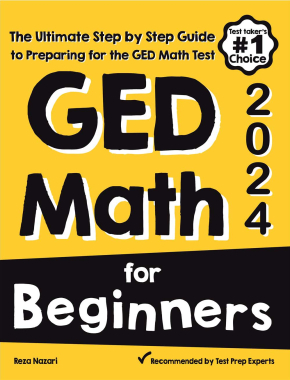
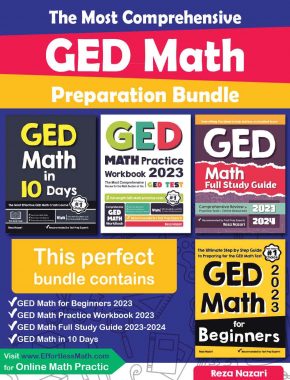
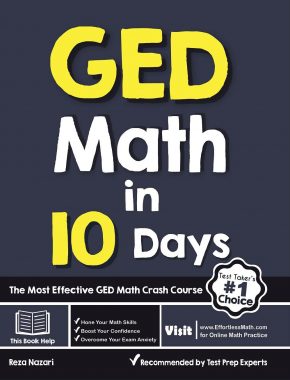
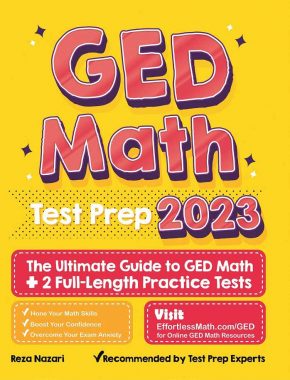
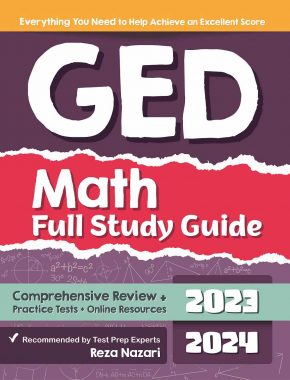
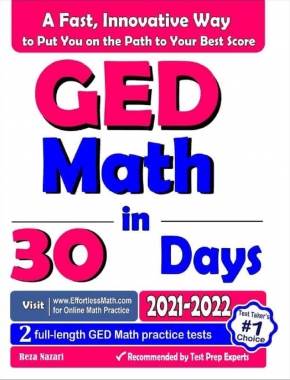
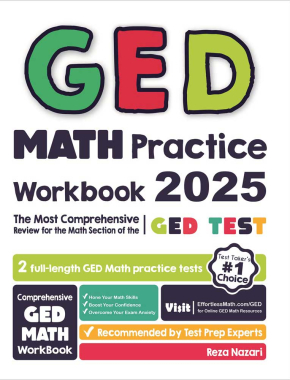
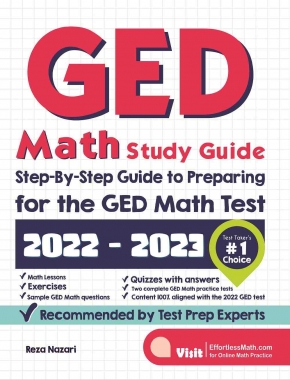
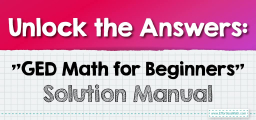
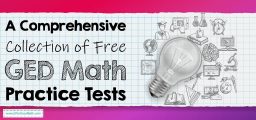
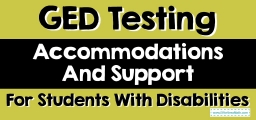
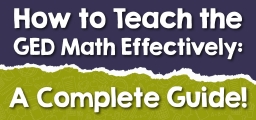

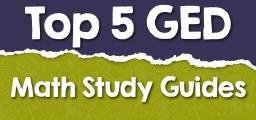
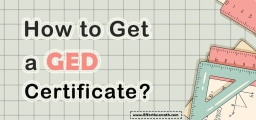
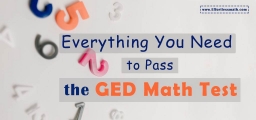
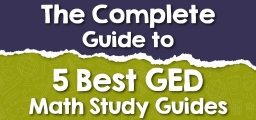
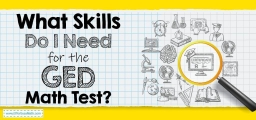
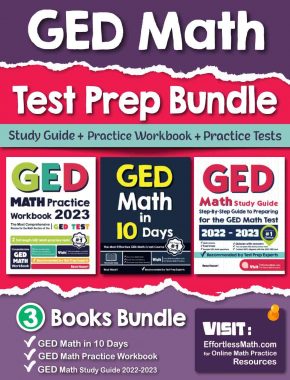
What people say about "GED Math Test-Taking Strategies - Effortless Math: We Help Students Learn to LOVE Mathematics"?
No one replied yet.